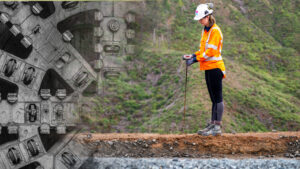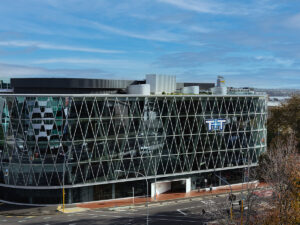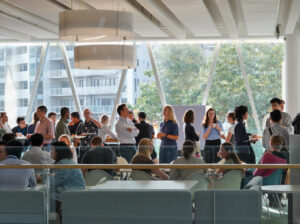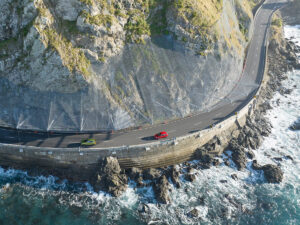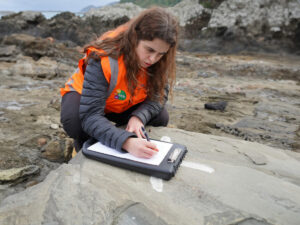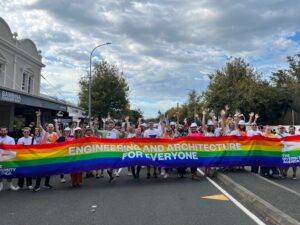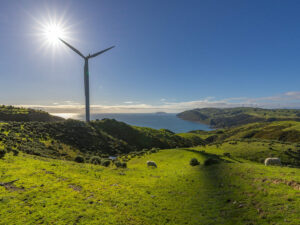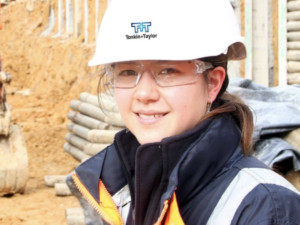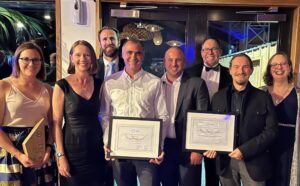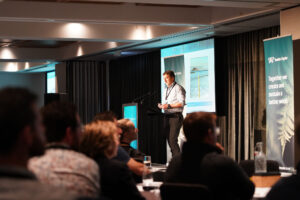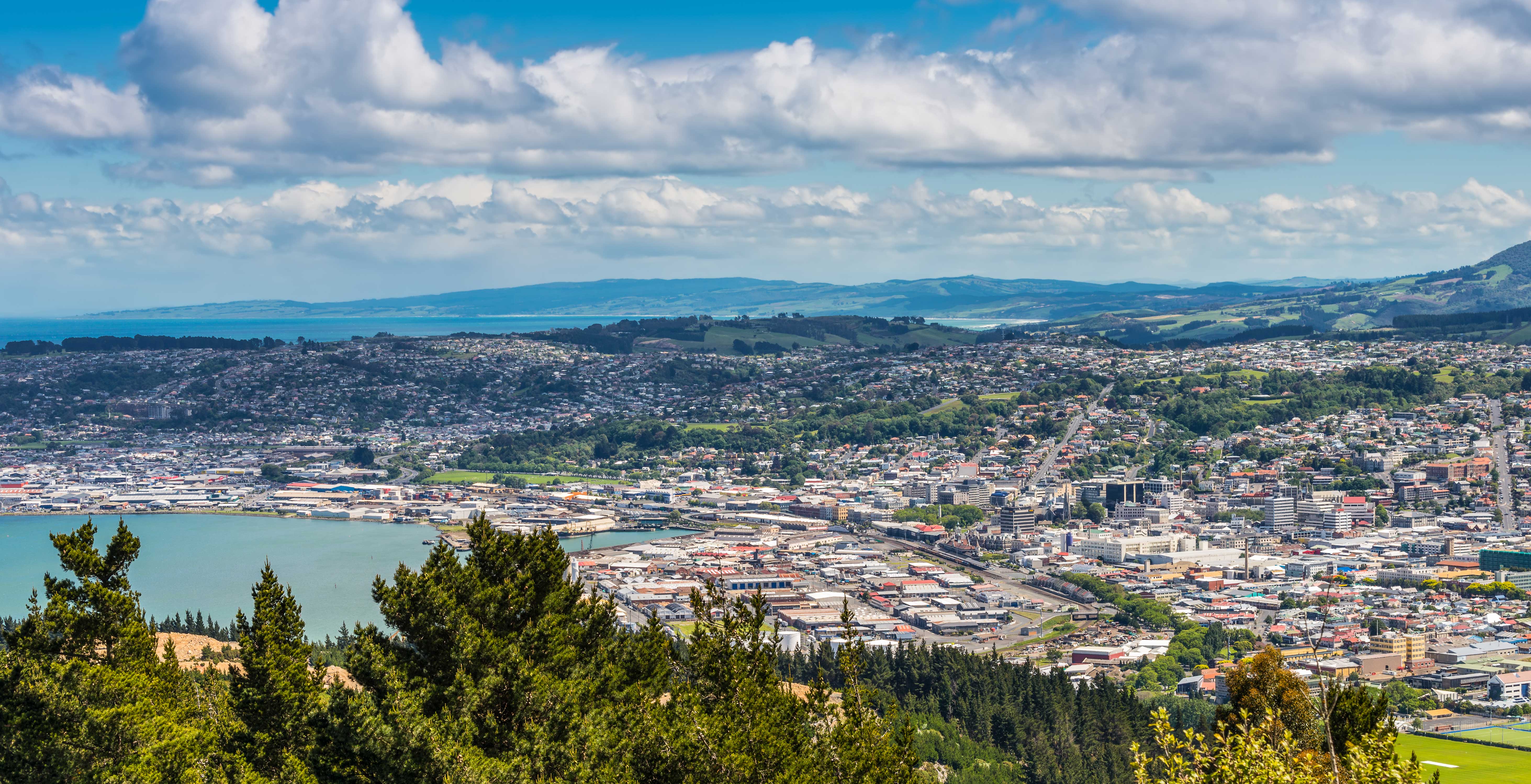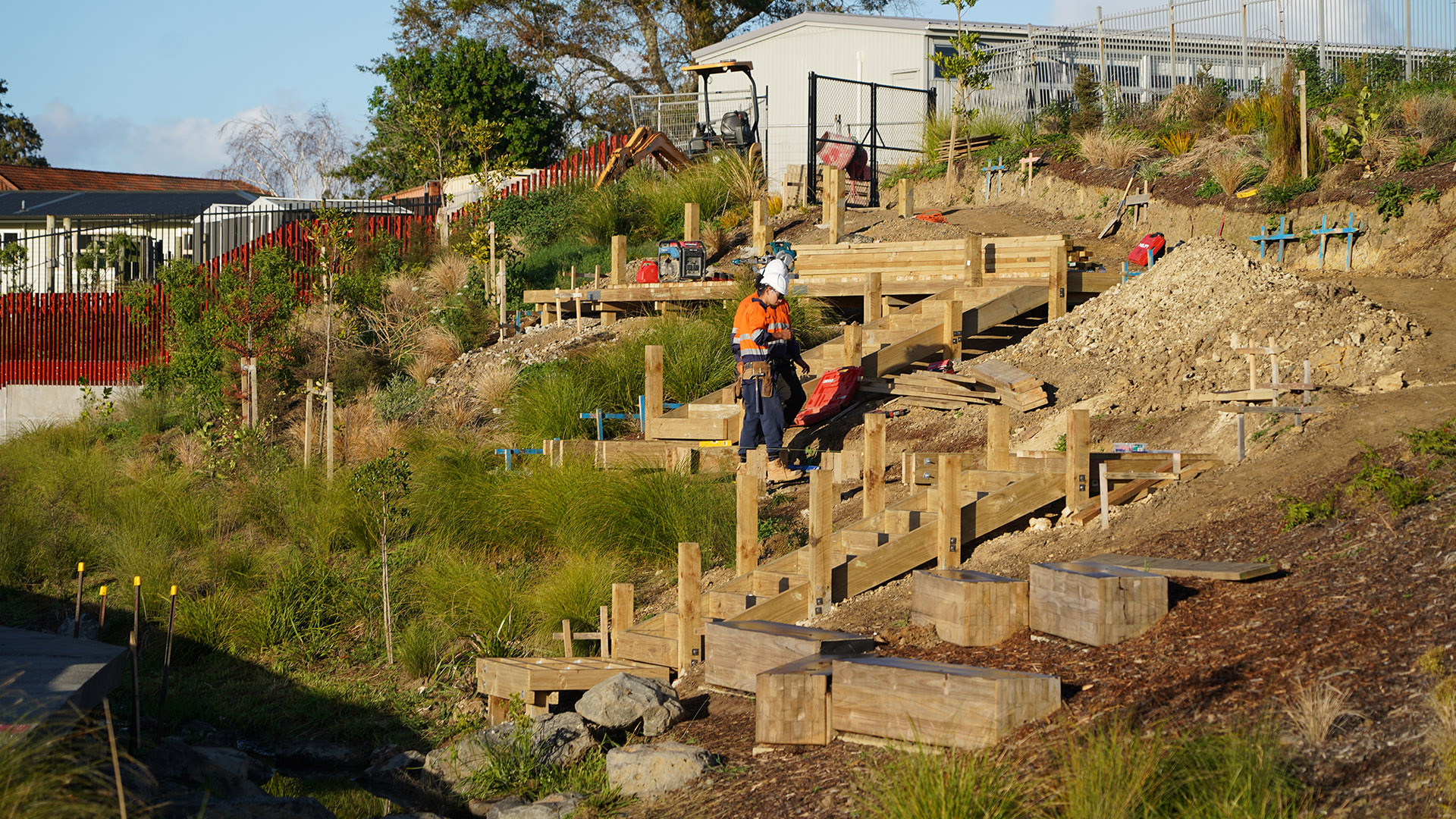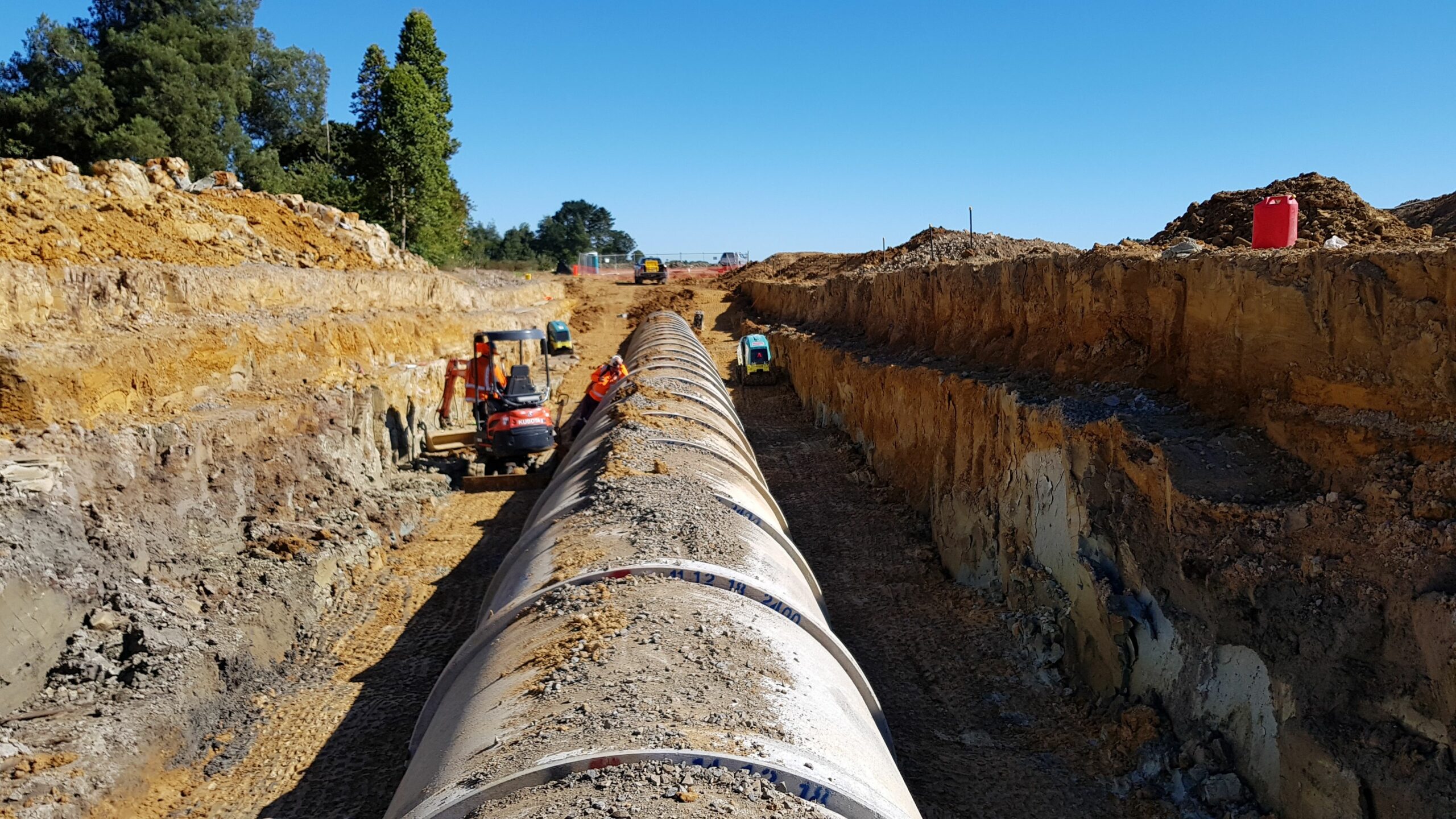South Dunedin is a vibrant and important part of Dunedin city which is home to more than 13,000 people, 6,000 households, several hundred businesses, and an array of critical infrastructure. South Dunedin is also exposed to a range of natural hazards, many of which are expected to increase in frequency and severity with the effects of climate change.
South Dunedin Future (SDF) is a joint programme built to find ways to respond to climate change and flooding problems in South Dunedin. This project is one of the first of its kind in New Zealand, which is focused on community scale adaptation in an urban city environment.
The purpose of the SDF programme is to enable South Dunedin to prepare for, and adapt to, the impacts of climate change, while also realising the opportunities that come with change.
The programme, led by Dunedin City Council and Otago Regional Council, is supported by the consultant team ‘Kia Rōpine’, which includes Tonkin + Taylor, WSP, Beca, and GT Connect. The project also worked with local experts and community contributors. Mana whenua engagement was facilitated by Aukaha.



